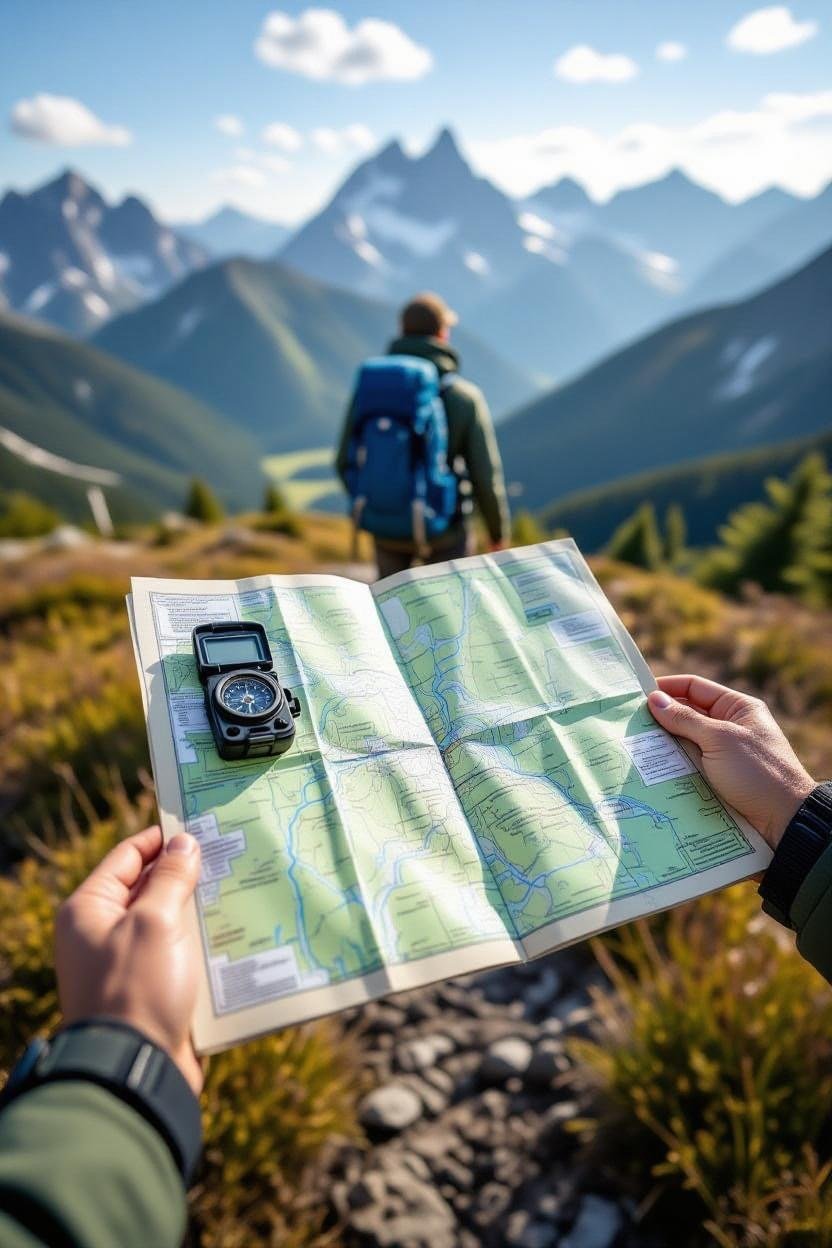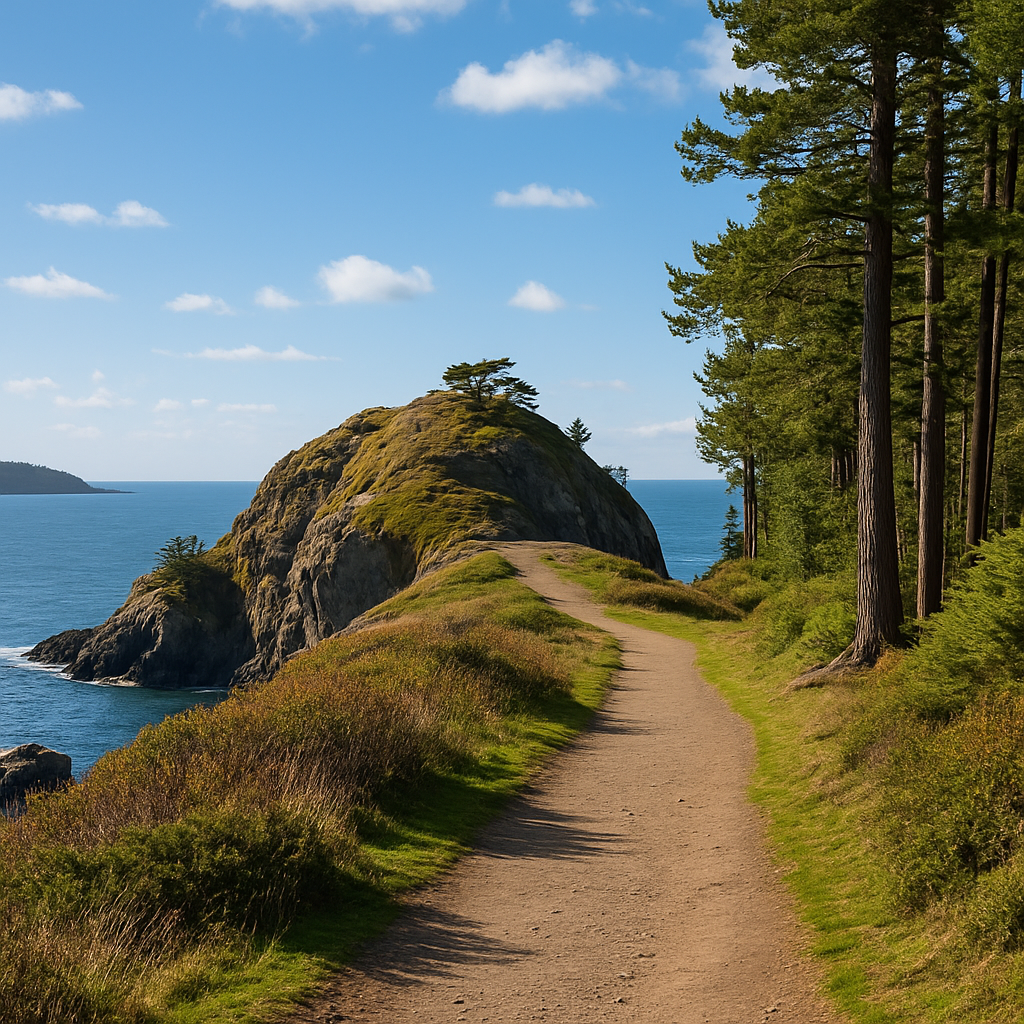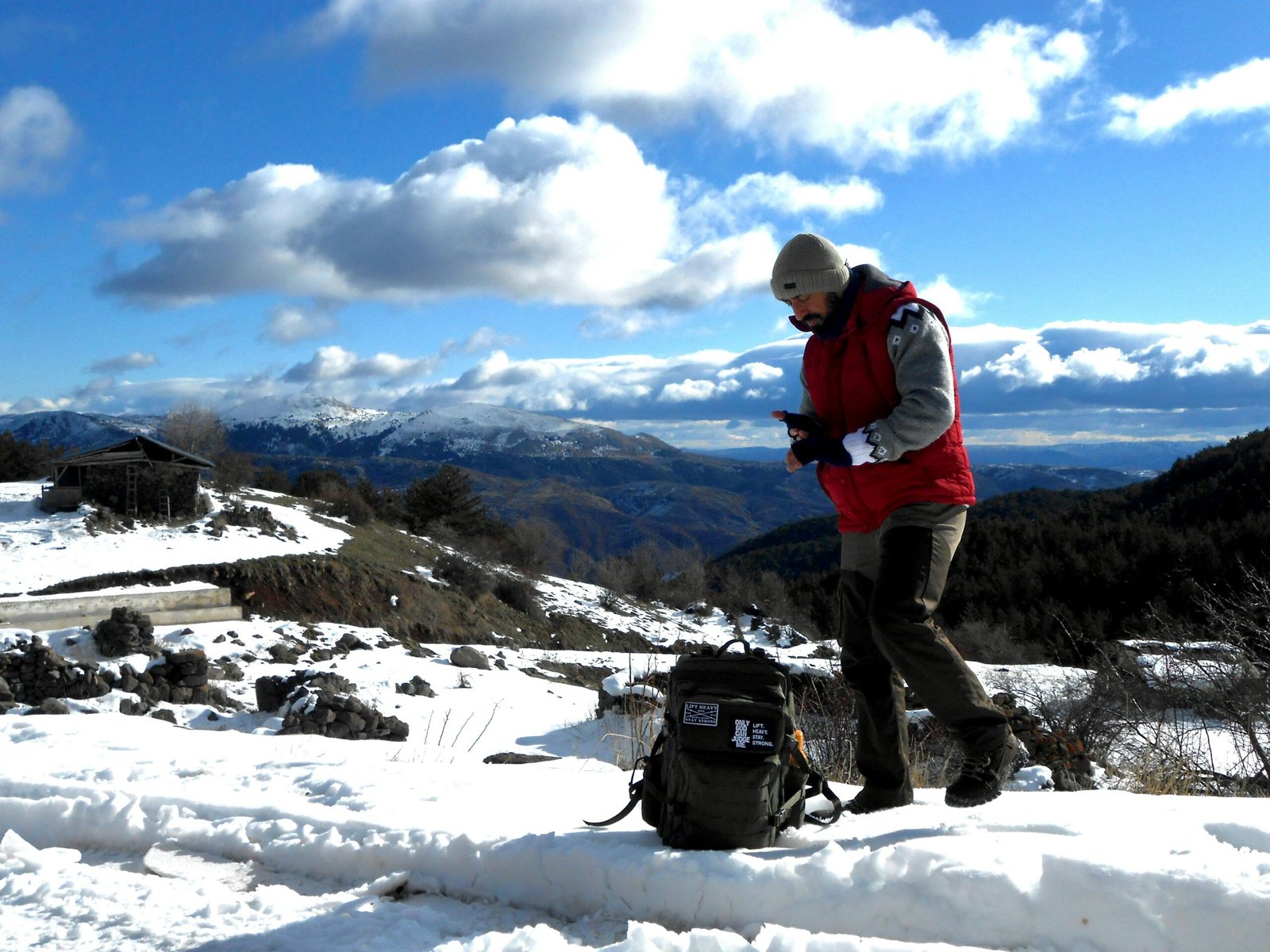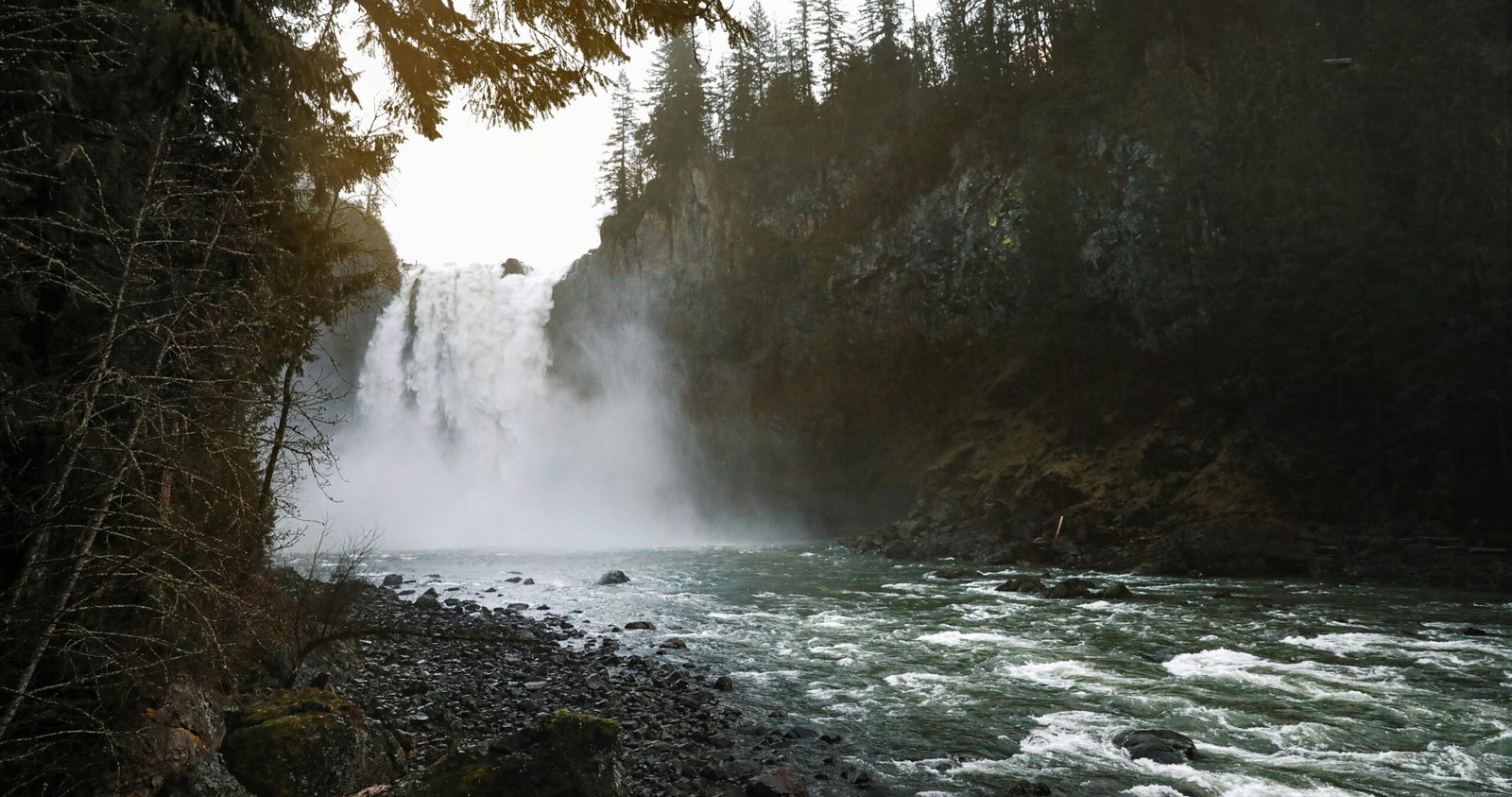Why Navigation Matters
Even on short trails, it’s easy to take a wrong turn or lose track of where you are. The Pacific Northwest has dense forests, winding paths, and changing weather—all of which can make trails confusing. Learning basic navigation helps you stay safe and enjoy your hike with confidence.
Start with a Trail Map
Before you hit the trail, grab a map. You can find them:
• At trailheads (look for posted signs)
• Online (park websites or hiking blogs)
• In hiking apps (more on those below)
How to Read a Trail Map:
• Trail name and distance
• Elevation gain (how steep it is)
• Landmarks like rivers, viewpoints, or junctions
• Trail markers (numbers, colors, or symbols)
Pro tip: Take a photo of the map at the trailhead in case you lose signal.
Best Hiking Apps for Beginners
Smartphones make navigation easier than ever. These free apps are beginner-friendly and work well in the Northwest:
• Trail maps, reviews, and photos
• GPS tracking and offline maps (with free account)
• Great for backcountry and elevation details
• Offline maps available
3. Washington Trails Association (WTA)
• Local trail reports and updates
• Good for checking conditions before you go
Make sure your phone is charged and consider bringing a portable battery.
Understanding Trail Signs and Blazes
Most trails in the Northwest are marked with signs or blazes (paint or symbols on trees and rocks).
Common Trail Markers:
• Arrows pointing the way
• Colored blazes (blue, white, or yellow)
• Numbered posts at junctions
• Mileage signs showing distance to landmarks
If you reach a fork in the trail and there’s no sign, stop and check your map or app before choosing a direction.
What to Do If You Miss a Turn
It happens—even to experienced hikers. Here’s what to do:
1. Stop and stay calm.
2. Backtrack to the last known marker or junction.
3. Check your app or map for your location.
4. Listen for other hikers or look for footprints.
5. Avoid wandering off-trail—it’s easy to get more lost.
If you’re truly unsure, stay put and call for help if you have service.
Tips for Staying Found
• Hike with a buddy when possible
• Tell someone where you’re going and when you’ll be back
• Stick to popular trails with good signage
• Start early so you’re not hiking in the dark
• Bring a whistle—three blasts is a signal for help
Bonus: Learn to Use a Compass
You don’t need to be a survival expert, but knowing how to use a compass is a great skill. Many outdoor stores offer beginner classes, or you can watch tutorials online.
Quick Checklist: Navigation Essentials
✅ Trail map or photo of trailhead map
✅ Hiking app with downloaded trail
✅ Fully charged phone
✅ Compass (optional but helpful)
✅ Whistle for emergencies
✅ Tell someone your plan
Final Thoughts
Navigation doesn’t have to be scary. With a little prep and the right tools, you’ll feel confident exploring Northwest trails—even as a beginner. Whether you’re hiking through mossy forests or along coastal cliffs, knowing where you are helps you enjoy the journey and stay safe.
Article was written with Ai assistance.





